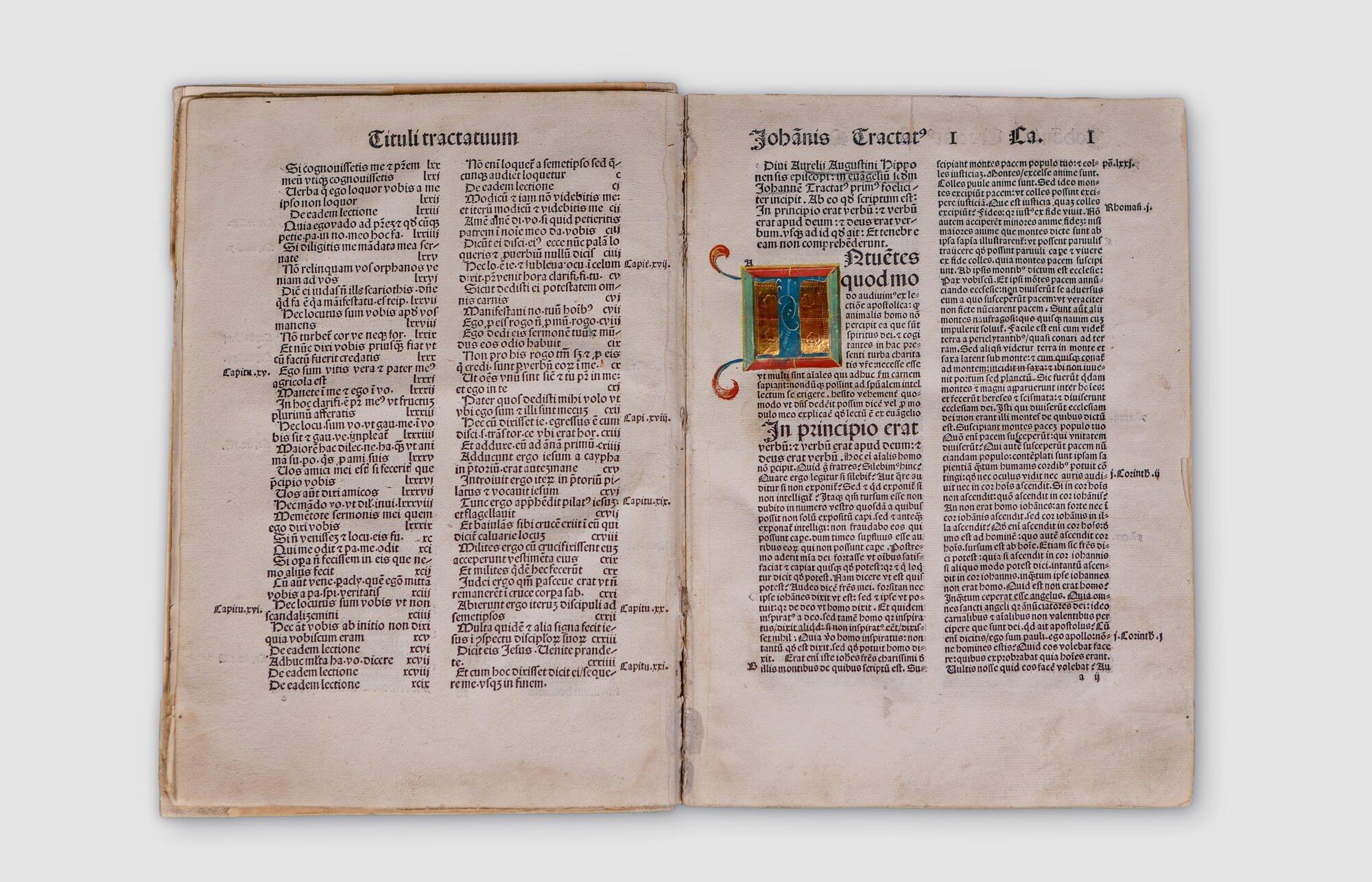The collection of the Ivanovo Museum of Local History named after Dmitry Burylin presents an incunable edition printed in 1480.
The word incunable is used to describe early books published before December 31, 1500. The term was coined in 1639 by Bernhard von Mallinckrodt and was widely used in scientific literature in the 18th century. It derives from the Latin word incunabula, which means “cradle” or “early childhood”.
These editions had a number of distinctive features: they were printed in cursive fonts and decorated with drawings and multicolored headpieces. Also, they had no title pages until 1476. According to researchers, by the beginning of the 16th century, there were over 1000 printing houses in Europe. Some of them only produced a couple of editions and then quickly closed. At the same time, there were large printing houses with up to a hundred employees. Basel became one of the main centers of Swiss book printing. This was achieved due to some favorable circumstances: the town had its own paper manufacturing facility and a university, which attracted the intellectual elite. Incunables were produced in small print runs of 100–300 copies, so they have become bibliographic rarities. Most of the editions were published in Latin.
The book in the museum’s collection is no exception. The author of this edition is Aurelius Augustine (Saint Augustine) (354–430) — a writer, Bishop of Hippo, and one of the Latin Fathers of the Church. His views influenced the development of Western philosophy and the Catholic Church while causing a lot of controversy in the East. He is venerated in the Catholic and Anglican Churches. Aurelius Augustine wrote “Interpretation of the Gospel of John” in 124 dialogues between 413 and 418. The first part was delivered in the form of sermons and the second part was dictated by him. According to the researcher Pavel Dobrotsvetov, the “dialogues” were spoken impromptu and recorded by stenographers in the process. This is evident from the text itself which contains repetitions, vague ideas, and numerous remarks addressing the reaction of the listeners.
The book is opened on a page with the list of
chapters and the beginning of the first dialogue.


